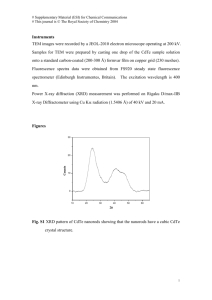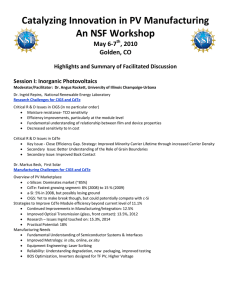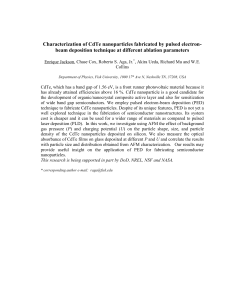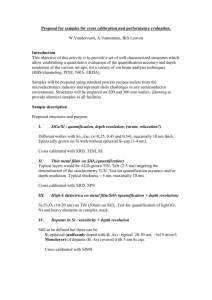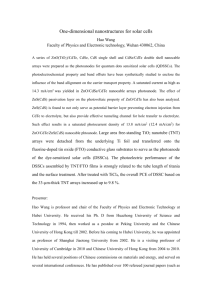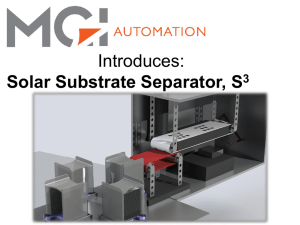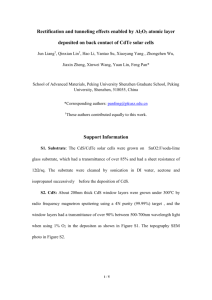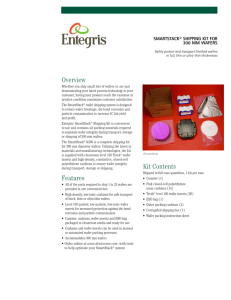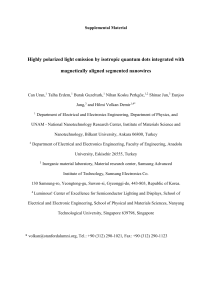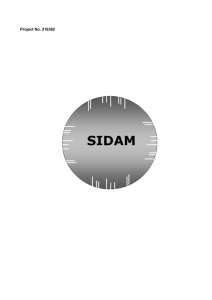supporting_infromation
advertisement
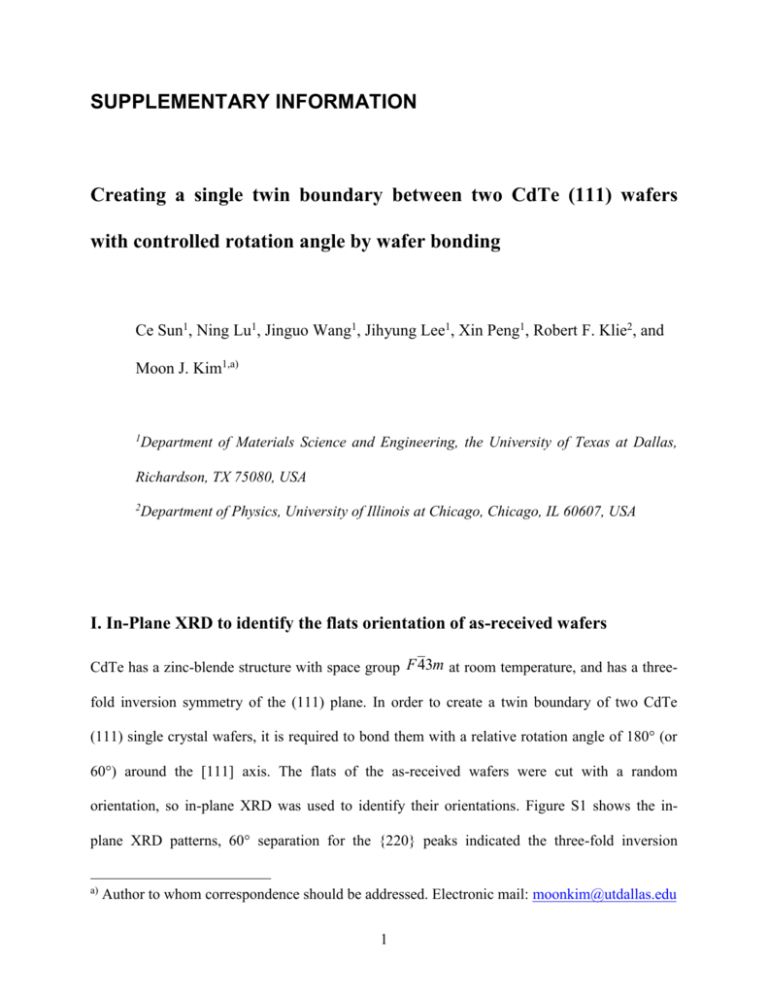
SUPPLEMENTARY INFORMATION
Creating a single twin boundary between two CdTe (111) wafers
with controlled rotation angle by wafer bonding
Ce Sun1, Ning Lu1, Jinguo Wang1, Jihyung Lee1, Xin Peng1, Robert F. Klie2, and
Moon J. Kim1,a)
1
Department of Materials Science and Engineering, the University of Texas at Dallas,
Richardson, TX 75080, USA
2
Department of Physics, University of Illinois at Chicago, Chicago, IL 60607, USA
I. In-Plane XRD to identify the flats orientation of as-received wafers
CdTe has a zinc-blende structure with space group F43m at room temperature, and has a threefold inversion symmetry of the (111) plane. In order to create a twin boundary of two CdTe
(111) single crystal wafers, it is required to bond them with a relative rotation angle of 180° (or
60°) around the [111] axis. The flats of the as-received wafers were cut with a random
orientation, so in-plane XRD was used to identify their orientations. Figure S1 shows the inplane XRD patterns, 60° separation for the {220} peaks indicated the three-fold inversion
a)
Author to whom correspondence should be addressed. Electronic mail: moonkim@utdallas.edu
1
symmetry of (111) planes. The [ 0 1 1 ] direction has been indexed accordingly, and has 0.21° and
4.90° off the direction of the dashed line which is perpendicular to the top edge. Wafer bonding
was performed by controlling the relative rotation angle of the [ 0 1 1 ] directions around the [111]
axis.
FIG. S1. In-plane XRD patterns (φ scan, 220 reflection) of as-received CdTe wafers show threefold inversion symmetry. Red and blue lines represent two different CdTe (111) wafers, and the
inserts show the [ 0 1 1 ] direction of each wafer.
II. HADDF-STEM images of the bonded interface
The atomic structure of the interface was characterized using HAADF-STEM (JEM-ARM200F,
JEOL).
2
FIG. S2. Low magnification HADDF-STEM image shows well bonded interface and few voids
in the interface which may be generated by surface scratches and rough surfaces.
FIG. S3. HADDF-STEM image shows an atomic step at the bonded interface.
3
